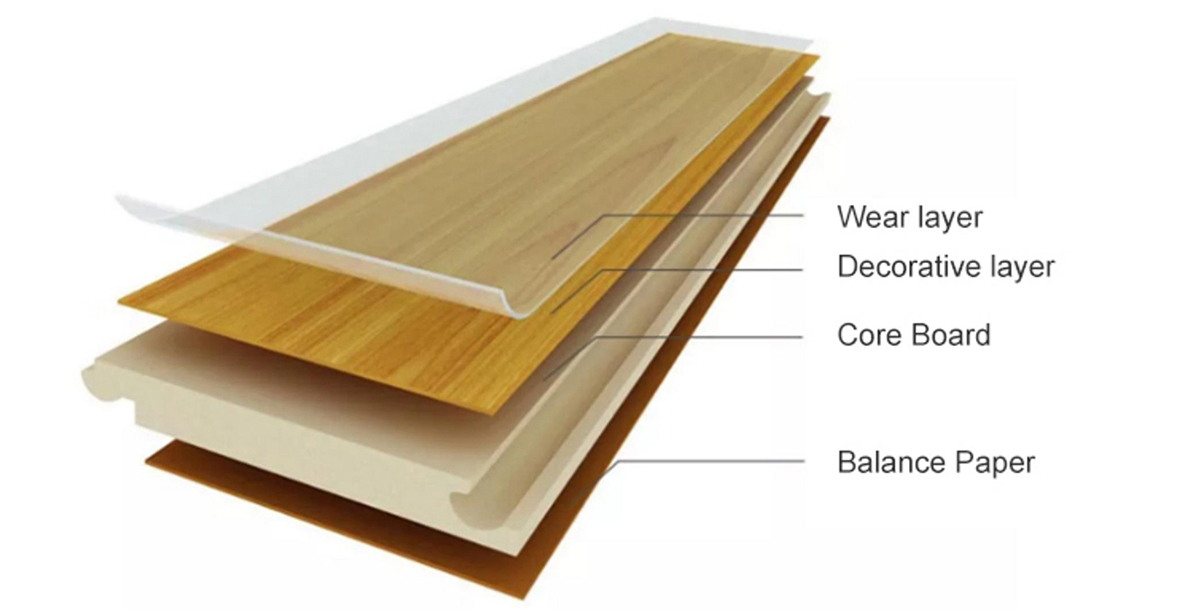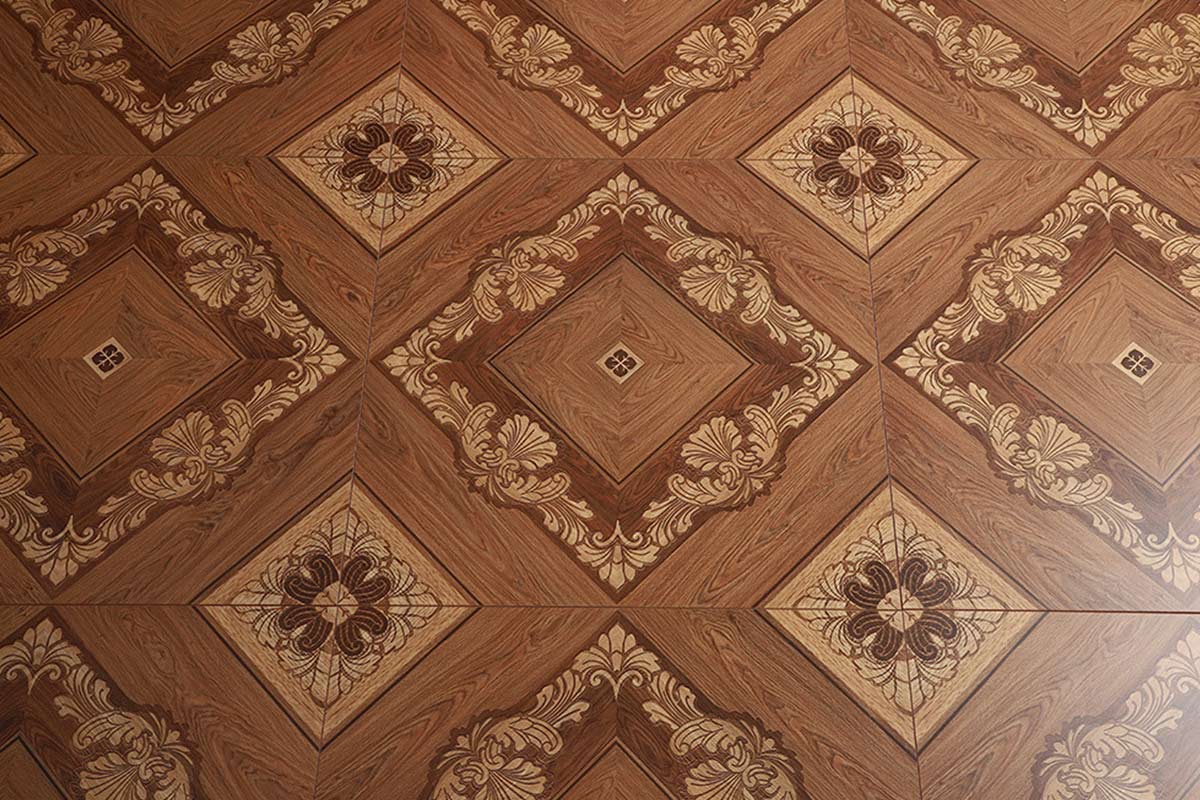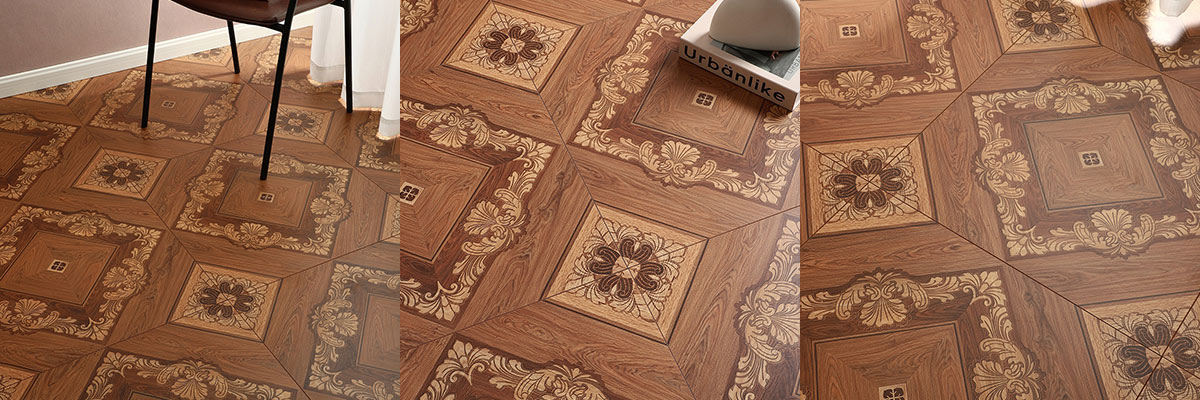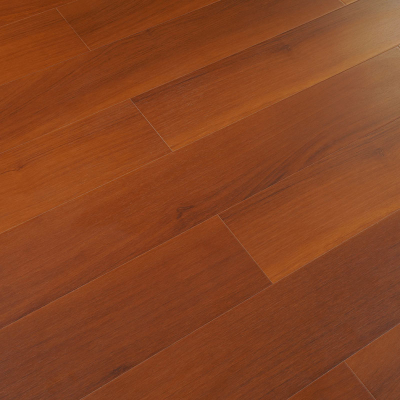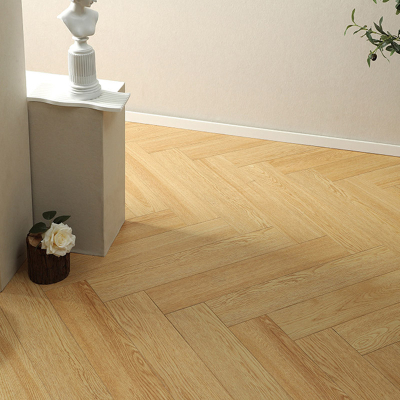Brown Wood Economic Prices Natural Color Parquet Flooring
Wood flooring remains a timeless choice in both residential and commercial spaces due to its warmth, natural elegance, and durability. Among the many available types, brown wood parquet flooring has gained widespread popularity for its natural appearance and economic price range. As interior design trends continue to favor eco-friendly and classic materials, parquet flooring offers a perfect balance between aesthetics, sustainability, and value.
Brown Wood Economic Prices Natural Color Parquet Flooring: A Complete Buyer’s Guide
Wood flooring remains a timeless choice in both residential and commercial spaces due to its warmth, natural elegance, and durability. Among the many available types, brown wood parquet flooring has gained widespread popularity for its natural appearance and economic price range. As interior design trends continue to favor eco-friendly and classic materials, parquet flooring offers a perfect balance between aesthetics, sustainability, and value.
This article provides a comprehensive overview of brown wood parquet flooring, including its manufacturing process, global market trends, pricing factors, and essential guidance for international buyers.
Understanding Brown Wood Parquet Flooring
Parquet flooring refers to small wooden slats arranged in geometric patterns such as herringbone, chevron, or basket weave. The natural brown wood parquet flooring option highlights the organic tone and texture of hardwoods, creating a luxurious yet grounded visual effect.
Key Features
Natural Color: The inherent brown hue varies with species—ranging from light oak to deep walnut tones—adding warmth and sophistication.
Durable Surface: Engineered and solid parquet floors both provide long-term resistance to wear and impact.
Economic Value: Compared to solid hardwood planks, parquet is often more affordable without compromising quality.
Design Flexibility: Suitable for modern, rustic, or traditional interiors.
Market Overview and Global Trends
The global wood flooring market has shown steady growth, estimated to reach USD 60 billion by 2030, driven by rising demand for sustainable and renewable building materials. Within this sector, parquet flooring is experiencing increased popularity in Asia, Europe, and the Middle East.
According to industry data, brown tones—especially natural color parquet flooring—dominate sales in commercial and high-end residential projects. Buyers value its ability to complement both minimalist and classic interiors while maintaining cost efficiency.
Sustainability is also shaping consumer preferences. Manufacturers are adopting FSC-certified wood, low-VOC finishes, and recycled substrates to meet international environmental standards.
Manufacturing Process of Parquet Flooring
Step 1: Raw Material Selection
The process begins with selecting high-quality timber, often oak, teak, maple, or acacia. Wood is kiln-dried to control moisture levels and prevent future warping.
Step 2: Precision Cutting and Layering
Boards are sliced into small sections, then layered to create either solid wood parquet or engineered parquet flooring. The engineered version uses a hardwood veneer over a plywood or HDF base, enhancing stability and cost-efficiency.
Step 3: Finishing and Coloring
Natural finishes are typically used to preserve the original brown wood tone. Some floors undergo UV coating or oiling to improve scratch resistance and durability.
Step 4: Pattern Assembly
The pieces are pre-cut for easy installation into herringbone, mosaic, or chevron layouts, providing high design flexibility for architects and contractors.
Cost and Economic Advantages
The cost of brown wood parquet flooring depends on multiple factors:
Wood Species: Oak and acacia tend to be more economical; walnut or teak options are premium.
Thickness and Structure: Engineered parquet flooring offers a lower price point than solid wood.
Finishing Process: UV coatings and textured finishes can slightly increase cost.
Order Volume and Export Destination: Bulk orders and direct factory sourcing significantly reduce unit cost.
On average, brown wood parquet flooring prices range from USD 12 to USD 35 per square meter, depending on grade, surface finish, and supplier region. This makes it one of the most cost-effective wood flooring solutions for export markets.
Applications Across Industries
Parquet flooring’s blend of natural aesthetics and durability makes it ideal for:
Luxury Residences: Adds a refined, handcrafted appearance.
Commercial Buildings: High-traffic resistance ensures longevity in hotels, offices, and galleries.
Educational and Cultural Spaces: Warm, inviting color tones suit large interiors.
Retail Spaces: Enhances product display areas with a natural, premium look.
Technical Specifications
| Property | Standard Range |
|---|---|
| Thickness | 8mm – 18mm |
| Surface Finish | UV Lacquered / Oiled / Unfinished |
| Moisture Content | ≤10% |
| Installation | Glue-down, click-lock, or nail-down |
| Pattern Options | Herringbone, Chevron, Basket Weave |
Each floorboard undergoes strict dimensional stability testing to ensure resistance to humidity and temperature changes—critical for export to varying climates.
Sustainability and Environmental Performance
Modern parquet flooring manufacturers focus on eco-friendly production, sourcing wood from responsibly managed forests and utilizing water-based adhesives. Recyclability and repairability further enhance its environmental value, making it a preferred material in LEED and BREEAM-certified buildings.
FAQs About Brown Wood Parquet Flooring
1. Is brown wood parquet flooring suitable for humid areas?
Engineered parquet flooring performs well in moderate humidity, thanks to its stable multilayer structure. However, proper subfloor moisture control is essential.
2. How long does parquet flooring last?
When maintained correctly, parquet flooring can last 25–40 years, depending on surface finish and wear layer thickness.
3. Can parquet flooring be refinished?
Yes. Solid parquet can be sanded and refinished multiple times; engineered versions can be refinished once or twice depending on veneer thickness.
4. What makes brown wood parquet flooring economical?
It offers natural aesthetics at a lower cost compared to wide-plank hardwood, while installation and maintenance are also cost-efficient.
How to Choose the Right Parquet Flooring Supplier
When sourcing brown wood parquet flooring at economic prices, international buyers should consider:
Quality Certifications: Ensure compliance with ISO, CE, and FSC standards.
Product Samples: Verify color uniformity and surface finish consistency.
Production Capacity: Reliable suppliers should offer stable output and quick delivery times.
Technical Support: Professional consultation on installation and after-sales service.
Conclusion: Combining Natural Beauty with Economic Value
Brown wood parquet flooring stands as an ideal choice for architects, contractors, and distributors seeking natural color, elegant design, and affordable pricing. It not only enhances the visual appeal of any interior but also aligns with global sustainability trends and modern construction needs.
We provide a wide range of natural tone parquet flooring solutions that meet international quality standards and competitive export pricing. Whether for large-scale commercial projects or high-end residential interiors, our products combine aesthetic excellence, durability, and cost-efficiency.
Contact us today to request a customized quotation or technical datasheet for your next parquet flooring project.






